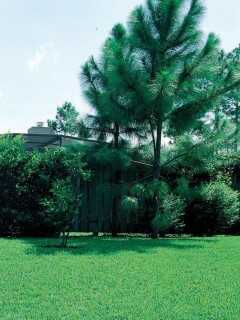
The beauty of evergreens lies in their name – they add year-round color and life to gardens and yards. Narrow-leaf evergreen shrubs, such as cedar and spruce are most commonly known, but this group also includes broadleaf evergreens including rhododendrons, camellias, and laurels. Although these trees and shrubs are a low-maintenance addition to yards and gardens, they do require a little extra attention to keep them healthy throughout the winter.
As the temperatures begin to fall, continue to water evergreens as often as once a week, as long as the air temperature is above freezing. This is especially important for recently planted or transplanted trees and shrubs. Remember to stop watering once the temperature dips below freezing as ice formation can damage evergreens.
Fall is also a good time to feed your large evergreens. Spruce, yew, hemlock, and juniper need nutrients at their roots, making fertilizer spikes such as Miracle-Gro Evergreen Fertilizer Spikes 12-10-10 a good choice. For broadleaf evergreens like rhododendrons, use something like Miracle-Gro Evergreen Tree and Shrub Food, which is specially formulated for these acid-loving shrubs.
Evergreens are susceptible to moisture loss from the drying effects of winter winds. Protect them from wind damage by erecting a screen made of burlap, shade cloth, or similar material stapled to wooden stakes. Sprays such as anti-desiccants or anti-transpirants can also help prevent winter moisture loss. These sprays, which can be used on both broad and narrow leaf evergreens, coat leaves with a clear film that does not interfere with plant growth, photosynthesis, or other natural processes. These products are available at your local nursery or garden centers and should be applied when the temperature is above freezing.
Related posts:
